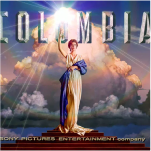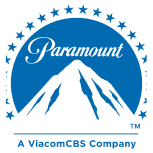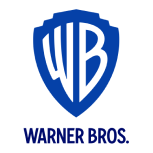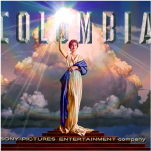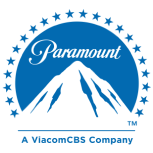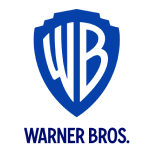Everyone loves a good movie night. Films have been a part of our lives for well over a century now, and with increases in animation, technology, and computer-generated imagery, improvements to the film industry and quality of movies and TV shows seem boundless.
But how did we get here?
The history of film is a wide and fascinating topic and one that can be traced internationally. But what about the story of movie-making closer to home? Before there was Cinemax, 3D glasses, or home projectors, there were pictures that miraculously moved across the viewing screen, baffling and thrilling early audiences, who were used to the idea of a still, static image from a camera.
Let’s delve deeper into the history of filmmaking and movies in America.
A History of Early Film In the USA
Photography was a large part of public life and understanding from the mid-19th Century and was particularly important during the Civil War. People who became the first wartime photographers documented American battlefields in the north and the south, capturing the soldiers from both sides—their faces, pain, and most importantly, their humanity.
The availability of these images to the public affected the civilian population in a brand-new way. The war was not simply a skirmish hundreds of miles away, best left to the men.
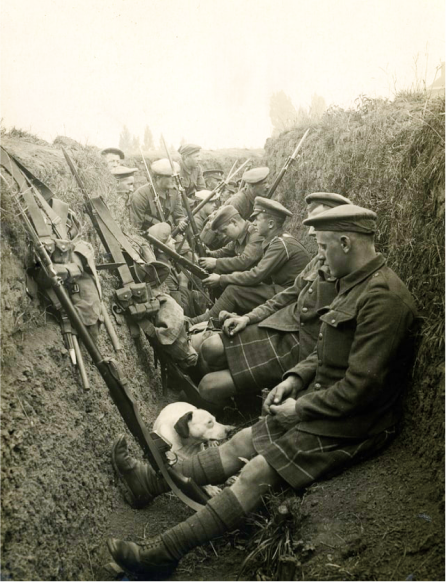
People now saw the raw humanity of the conflict, the devastation, and the faces of scared young boys instead of grizzled veteran generals.
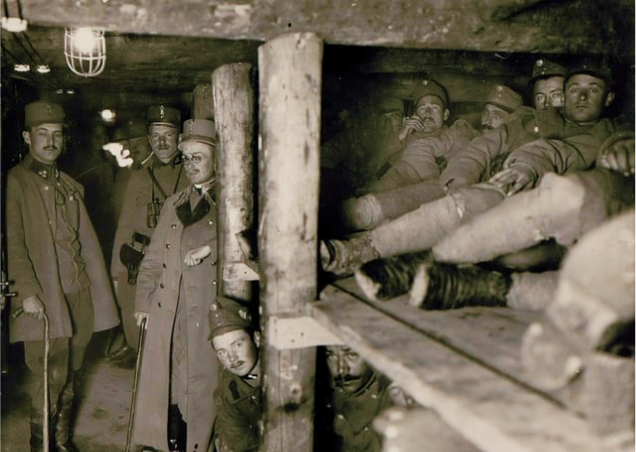
And with this shift in perception, images and pictures became more important than ever. So, it’s no surprise that photography began to test the bounds of the static image, searching for a new way to bring pictures to life. From the 1850s onwards, experiments were carried out by photographers, inventors, and people interested in studying and reproducing human motion. Of course, photographs were still essential to capturing and preserving reality and people, but that was only the transposition of still moments.
What about capturing real, live movement?
Horses, Hooves, and Zoetropes, Oh My!
One of the very first forays into moving pictures was the invention of a pre-film animation device called a zoetrope, in 1834, by William George Horner. This device consisted of a rotating drum, lined by a band of pictures that could be taken out and interchanged with a different image strip.
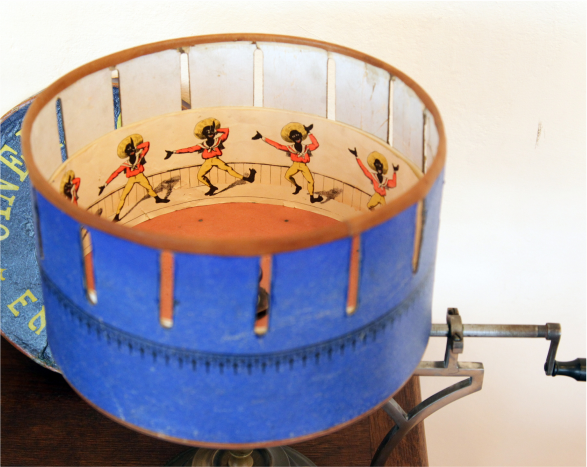
Zoetrope invented by William George Horner in 1834.
The illusion of movement is created by rotating the drum swiftly so that the pictures are viewed in rapid succession, while the eye remains static. In 1868, Scottish scientist James Clerk Maxwell created an improved zoetrope, which used concave lenses to project the drum’s images and made them appear much sharper to the viewer.
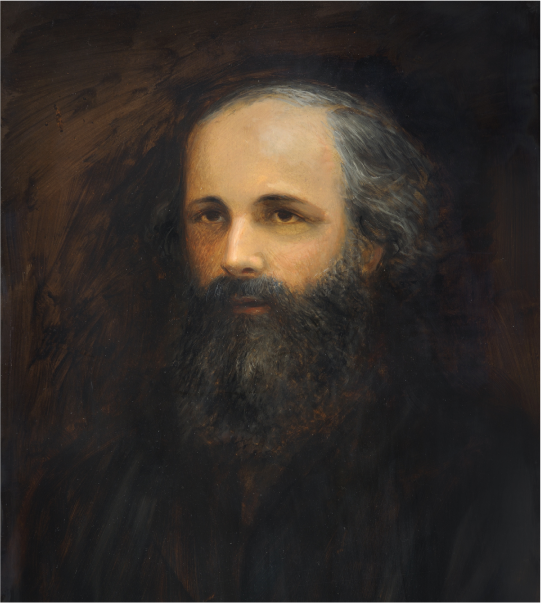
Scottish scientist James Clerk Maxwell created an improved zoetrope in 1868.
The first solid steps toward a truly moving picture came on October 19, 1878, when Scientific American published a series of images that depicted a horse in full gallop, including instructions on how to view the images through a zoetrope.

The horse images were taken by the English photographer Eadweard Muybridge, and within a year, he would pioneer a photo projector that would later amaze a San Francisco audience. This projector, the zoogyroscope, was a primitive version of later motion devices but was able to show a series of images in such quick succession that the human eye processed it as continuous movement.
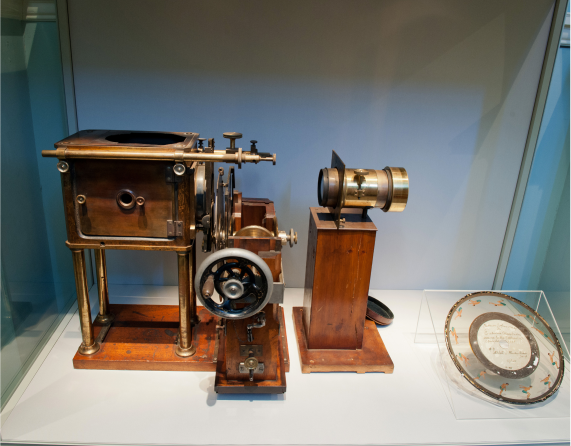
The zoogyroscope, a primitive version of motion device.
But Muybridge’s work in moving pictures was actually quite serendipitous—it was to settle a bet between businessman Leland Stanford and some colleagues.
Stanford posited that when a horse was mid-stride, all four hooves would be simultaneously off the ground, even for a fraction of a second.
To prove the theory, Muybridge conducted the now-famous experiment with a galloping horse and 24 cameras rigged to capture frames at one-thousandth of a second whenever a hoof tripped the corresponding wire.
When the images were developed, not only was progress made towards the eventual invention of a projector, but Muybridge was able to prove that a horse’s hooves did all lift off the ground.
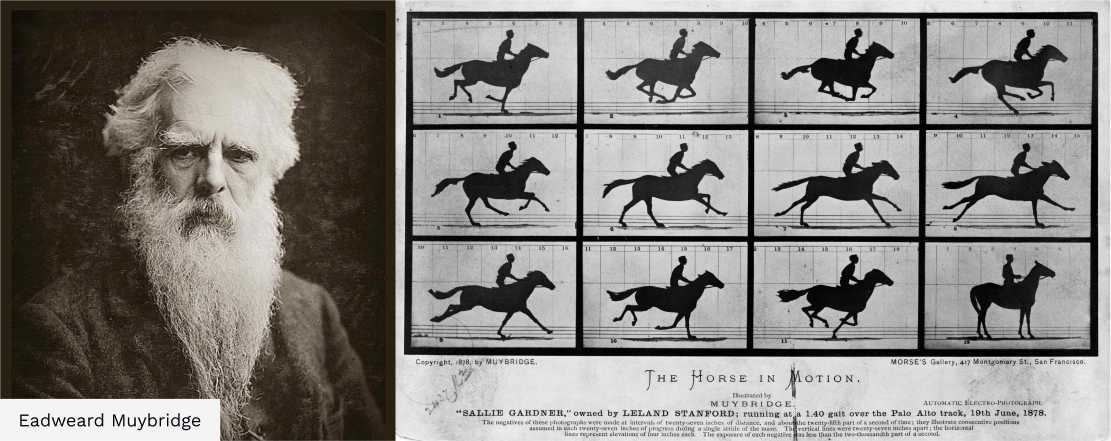

But importantly, the successful one-thousandth of a second capture was a massive step forward—a true motion picture requires split-second pictures on transparent film, and Muybridge’s method proved that split-second capture was indeed possible.
Moving Pictures: The Very First Movies
In their first phase, moving pictures only emphasized movement—no sound, and no real plot or story. The key aspect was the reproduction of movement, be it human, animal, or machine. Thus, the first ‘films’ typically depicted very commonplace occurrences such as people dancing and walking, children playing, vendors selling wares, trains approaching and departing, etc.
Moving pictures were exactly that:
movement captured and played back.
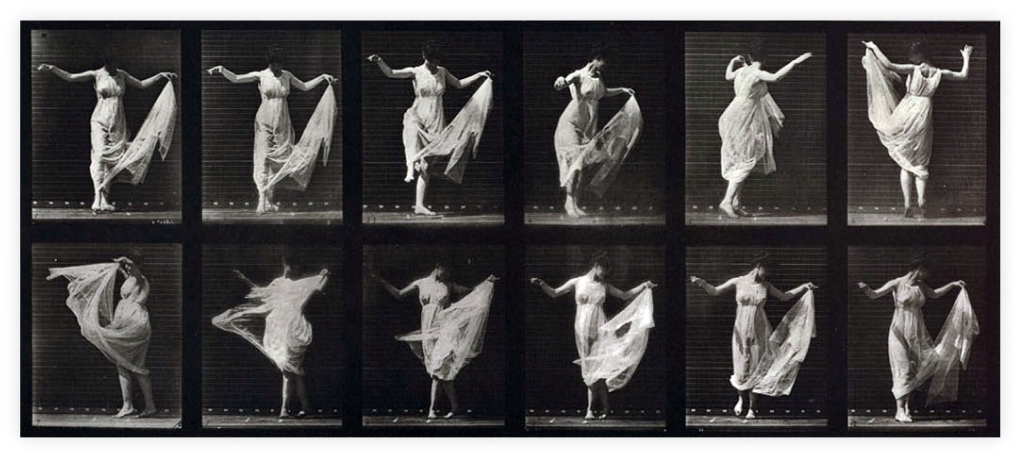
Nothing incredibly exciting, but the audiences of the day were mesmerized by it. After all, this was an entirely new way to see the world—nothing was fully static anymore, and anything could be captured and reproduced with the right filming and projection equipment. The world was now entirely documentable.
Jenkins, Edison and The Lumière Brothers
But who invented the first true movie camera?
There is some contention on this, with several prominent inventors racing each other to create the first patented motion picture camera, both in Europe and the US.
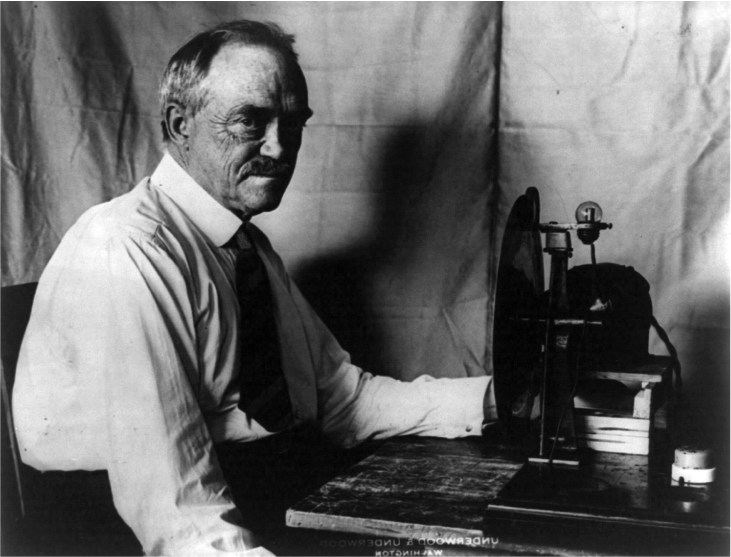
A man by the name of Charles Frances Jenkins is documented as creating the first “film” with a motion picture camera, a view of people dancing in 1894.
Calling it a Phantoscope, Jenkins later sold the device to American inventor Thomas Edison.
From this earlier model, Edison and his assistant, William K.L. Dickson, modified the camera and renamed it the Vitascope. Projection halls across American rushed to furnish themselves with Edison’s motion picture equipment. Some of these early picture shows included water rushing over Niagara Falls, waves crashing on the shore, and trains coming into the station, and were presented in viewing rooms called Vitascope Halls, or Kinetograph Parlors.
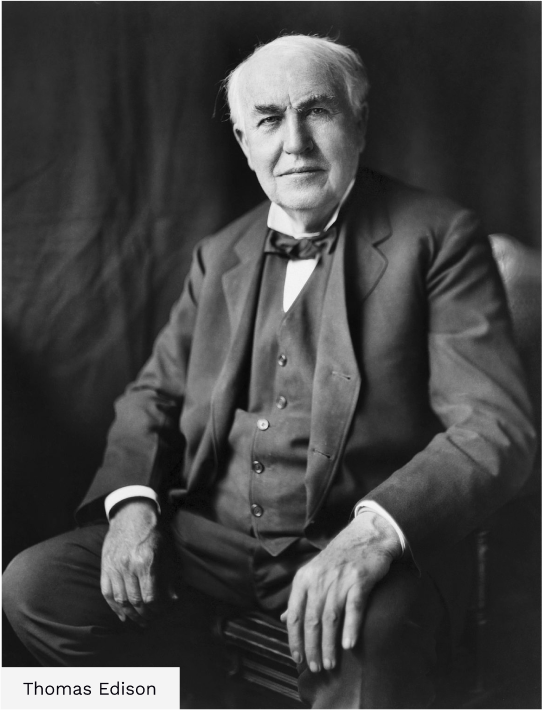
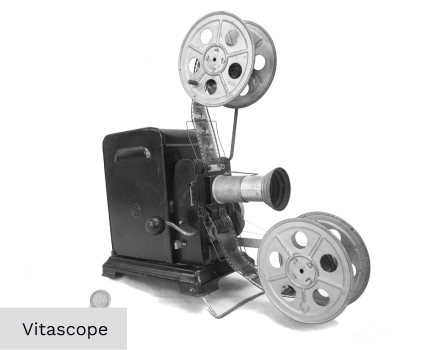
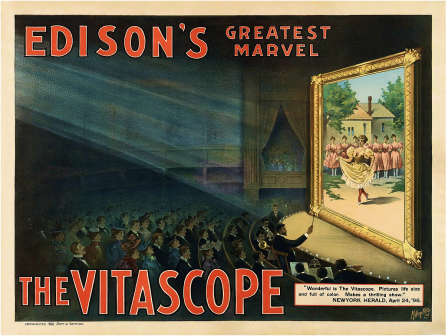
Similarly, across the ocean, brothers Auguste and Louis Lumière introduced their own invention in 1895 France—the Cinématographe.
This projector showed 16 frames per second, creating a smooth visual motion. One of the earliest Lumière presentations in Paris presented a collection of 15 to 30-second scenarios, compiled into an 8-minute reel.
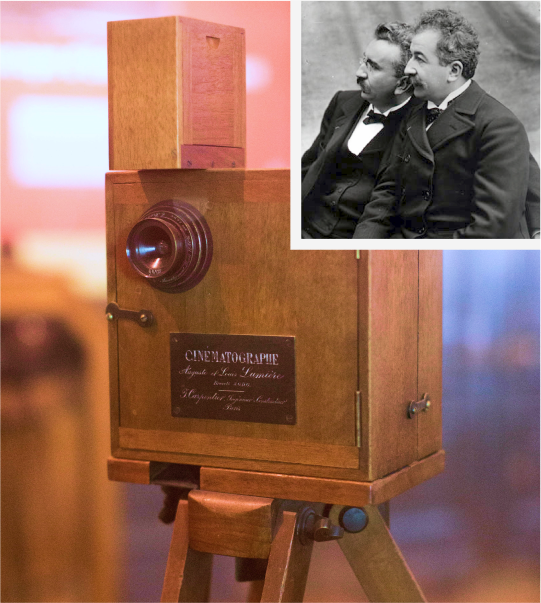
The Cinématographe invented by Auguste & Louis Lumière
Audiences were mesmerized by these simple scenes, showing a man watering his garden, people disembarking a ferry boat, men playing cards, and a train departing the station. The world was now well on its way to real movies.
The Genesis of the American Film Industry:
The 1900s to the 1960s
The first motion pictures centered solely around the idea of movement, but around 1900 the emphasis of motion pictures shifted to telling a story with those images. Filmmakers began to move beyond the technical aspects of just reproducing and showing movement and delved into storylines, plot, and characters.
Between the years of 1880 and 1927, thousands of silent films were produced with varying degrees of professionalism and skill, but also with ever-increasing sophistication. The film industry had been born.
Some of these early films were short—only about 5 to 8 minutes long— and were shot with just one reel of film, earning them the nickname “one-reelers”.

In 1903, a nearly ten-minute-long film called The Great Train Robbery was screened and was the first recognizably “Western” genre narrative with a plot. Filmed by Edwin S. Porter, the film amazed audiences and its production company quickly became a household name—the Edison Manufacturing Company.
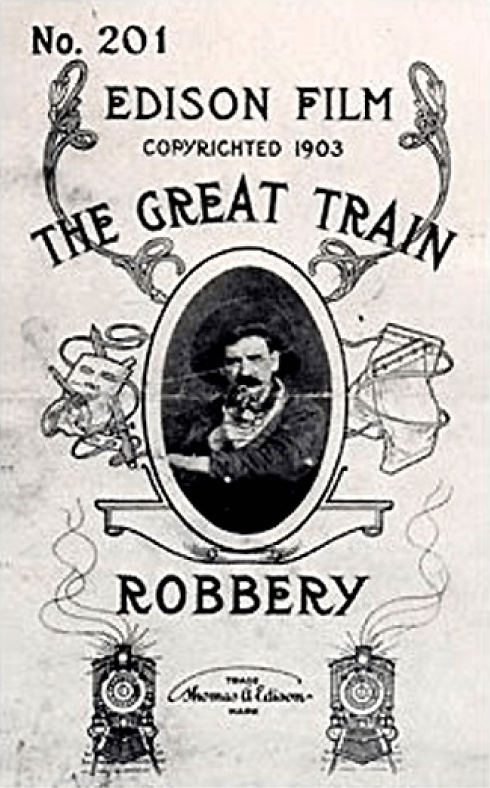
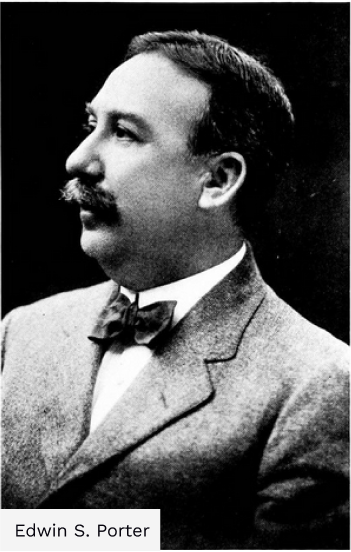
In fact, the Edison Manufacturing was one of several US production companies outside of New York who made names for themselves early on with such one-reelers, some of which are still recognizable today.
These companies included:

American Pathé

Biograph
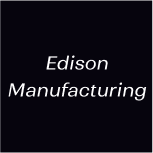
Edison Manufacturing
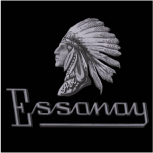
Essanay

Kalem Company
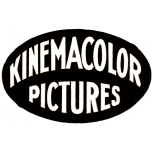
Kinemacolor

Lubin Manufacturing
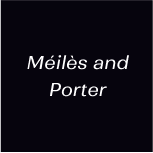
Méilès and Porter
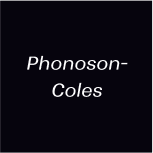
Phonoson-Coles

Selig Polyscope
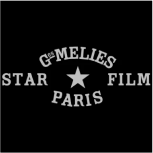
Star Film Paris
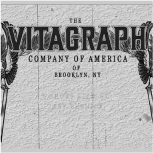
Vitagraph
Banded together, these small companies comprised the Motion Picture Patents Company (MPPC, also known as the Edison Trust), which was officially founded in December of 1908. The leading film distributor in the US, George Kleine, and the largest raw film stock supplier, Eastman Kodak, were also involved in the MPPC, as well as some local branches of foreign distribution. Though it was disbanded seven years later, the MPPC was responsible for initial film circulation in the US, reducing the influence of foreign films, and standardizing the distribution and exhibition of films across America.
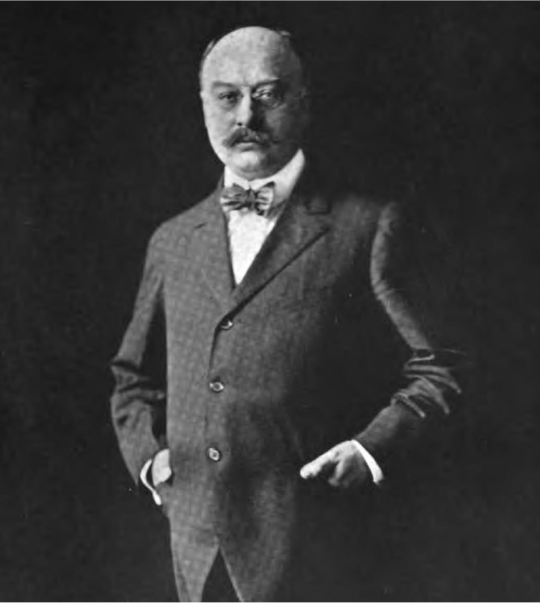
George Kleine, the leading film distributor in the US was involved in MPCC.
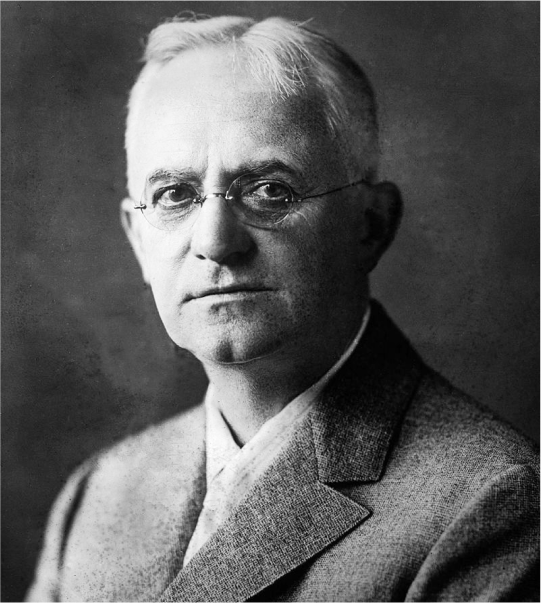
Eastman Kodak, the largest raw film stock supplier was involved in MPCC.
An early director for the Biograph Company in New Jersey was David Wark Griffith. He was an incredibly prolific filmmaker, producing several hundred one-reelers himself between 1908 and 1912 alone, averaging about two one-reel films a week.
One of Griffith’s more prominent early films was called The Lonedale Operator showcased in 1911.
It was one of the few films where the actors’ names were released, as actors usually remained untitled due to fear that they would become stars and demand higher salaries. “The Lonedale Operator” starred actress Blanche Sweet as she outsmarted a band of outlaws bent on robbery. This film is one of the best examples of the innovative techniques that were emerging in the world of film—including cross-cutting, close-ups, and panning.
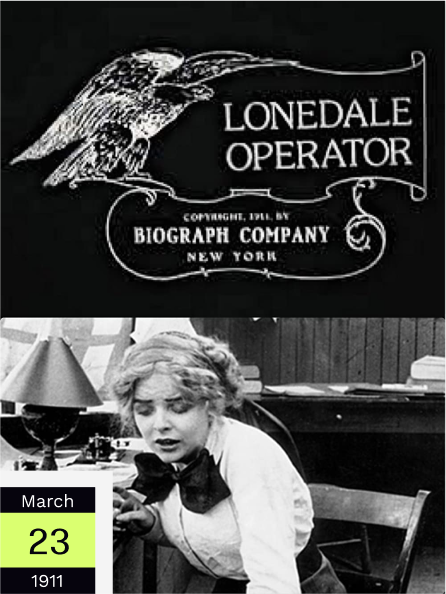
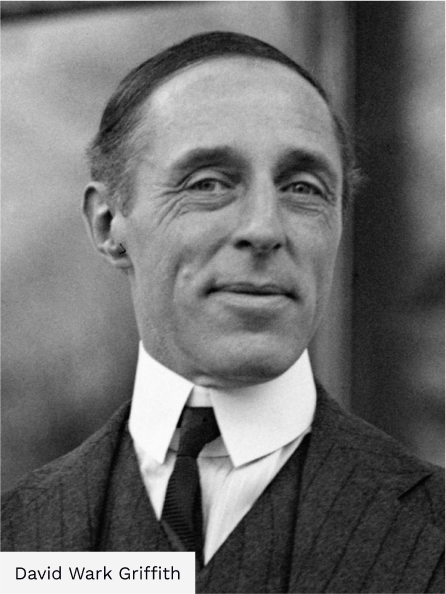
The Rise of Hollywood: A Move to the West
When rancher Harvey Wilcox purchased a piece of Southern Californian land in 1887, he had no idea the fame and recognition it would come to have. His wife, Daeida Wilcox, decided to name the property after a plant that supposedly brings good luck—“Hollywood”. Only a few years later, filmmakers would make this spit into the movie-making center of the world, with all the glitz and glam and stars that came along with it.
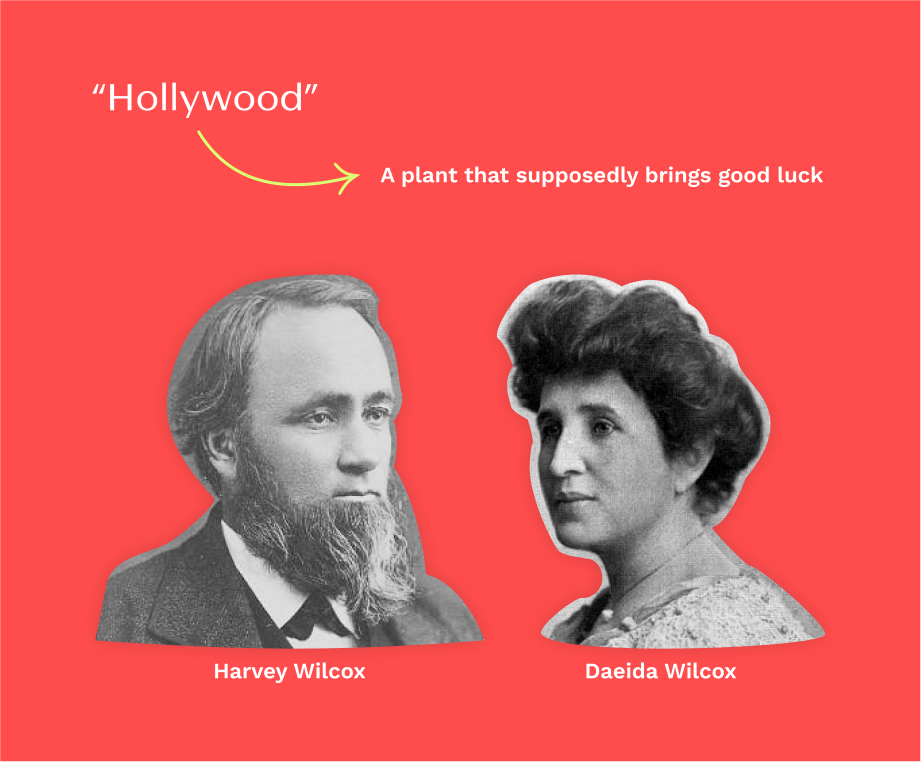
The westward migration of filmmaking and acting from its primarily Eastern US roots was prompted by the stubbornness of industry producers there, primarily those within the MCCP. Unwilling to give actors prominent billing, and wishing to keep films to one-reelers and limited storytelling for a higher turnaround, but with low quality, filmmakers were frustrated with company owners and their control over camera patents and distribution.
The rigidity of the MCCP finally led to their dissolution, as a few companies such as Vitagraph caved to directors’ requests and wanted to release longer features that weren’t restricted to single-reel serial showings, which led to A Tale of Two Cities (1911) and Uncle Tom’s Cabin (1910).
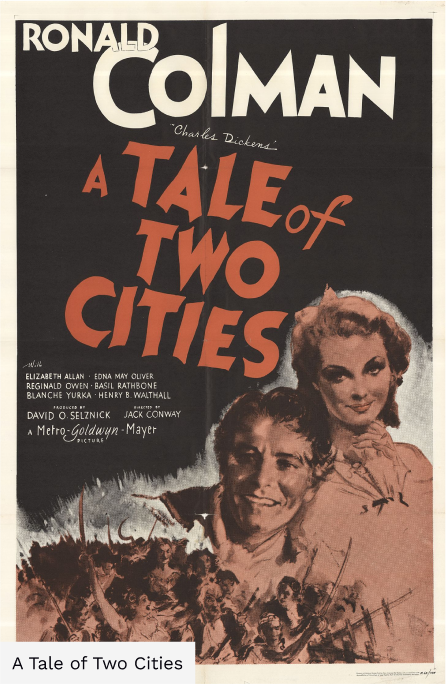
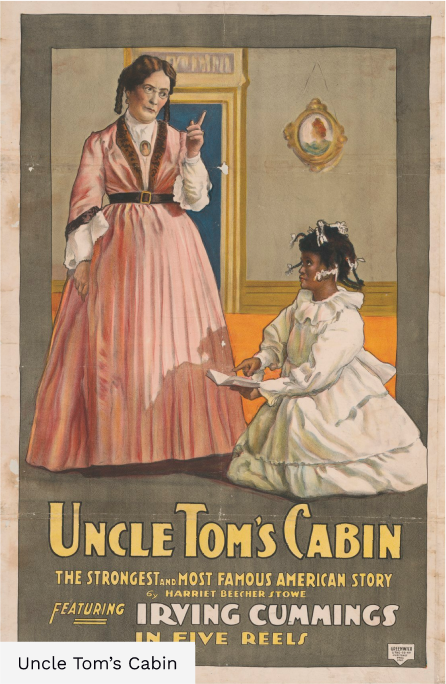
Finally, just before 1910, a group of dissidents including director David Wark Griffith left the East completely and moved across the country to evade the stringent patent system. Settling near Los Angeles, California, this group became the first residents of modern Beverley Hills and began setting up the first studios of Hollywood itself.
The weather was amenable to outdoor filming and various settings, and low prices in the area made it ideal to purchase land for studio complexes and enterprises.
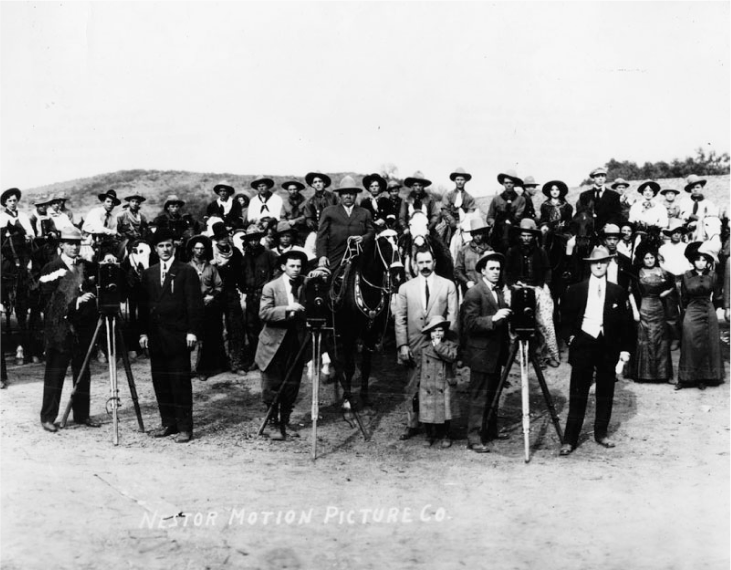
In 1911, the very first studio in Hollywood was established at 6121 Sunset Boulevard, called The Nestor Company.
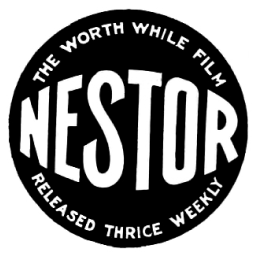
Other smaller studios set up shop but were quickly overshadowed by the appearance of the big four in major film companies-
The reign of Hollywood studios had begun in earnest.
Griffith and the First Feature-Length Film
Griffith was the first director to complete a motion picture in Hollywood— In Old California was a 17-minute short melodrama about the Mexican era of California, made in 1910. From here, Griffith began experimenting with longer films until he successfully produced the first feature-length film in 1915, using twelve full reels of film, entitled Birth of a Nation.
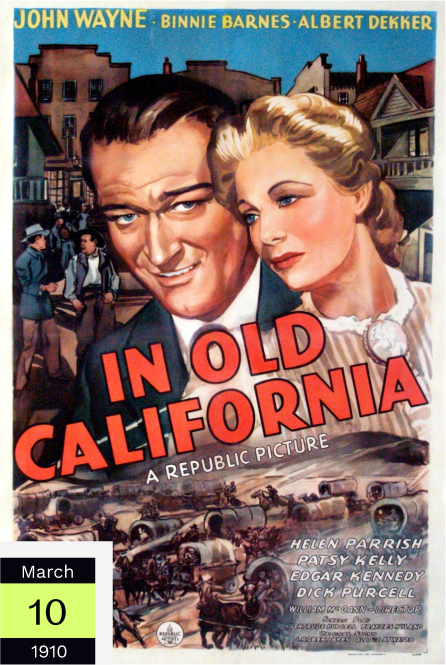
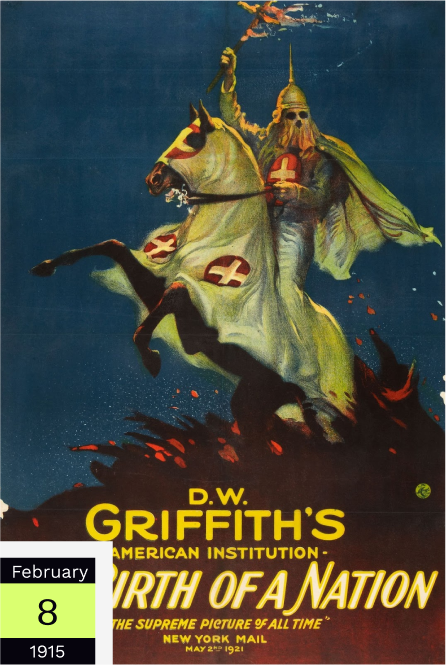
While this film was controversial in its own time, and even more problematic by today’s standards of equality and condemnation of racism and racial injustice, it also opened the industry to feature-length films and showcased exciting technical aspects of what filmmakers could achieve, such as close-ups, cross-cutting, fadeouts, and dramatic lighting.
Not to mention the money—the film’s budget ran over $100,000, which was an incredibly substantial figure for the early industry, but Griffith’s feature film brought in over $18 million in revenue, starting a lucrative trend that still continues.

Most importantly, Griffith’s feature film proved America’s place as a leader in the most innovative filmmaking techniques.
The Golden Age of Hollywood
Known as “Tinseltown” and the “dream factory”, the glittering image of the movie industry soon took hold of America.
A massive sign reading “HOLLYWOODLAND” was erected in the Hollywood Hills above the city.
Hollywood was the fifth-largest industry in the country.
Hollywood studios became fully integrated entities, controlling production, distribution, and exhibition.
Originally meant to advertise a housing development, the sign was refurbished in 1949 and the “LAND” was removed so the sign would refer to the district itself, giving us the iconic Hollywood Sign. And this was all just the beginning!
The Golden Age of Hollywood was a star-studded, extravagant, and dramatic era for filmmakers and actors on the west coast, stretching from the early 1920s to the late 1950s.
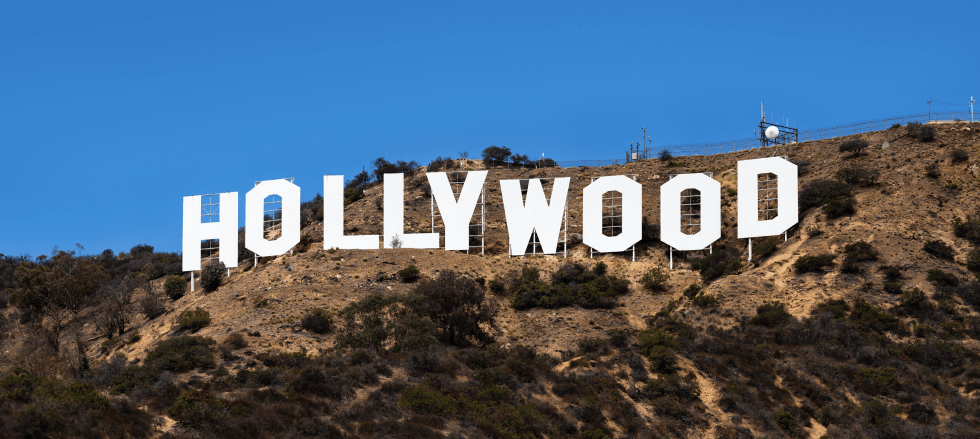
As Hollywood grew, the film industry relied more and more on star power to bring audiences back to the movies repeatedly. Directors needed revenue from current film projects to fund their next motion picture, and they quickly realized that casting fan-favorite actors was a great way to keep people buying tickets. Early stars like Charlie Chaplin, Mary Pickford, and Douglas Fairbanks Jr. found themselves rocketed to fame, and even more so when the technology for sound was introduced.
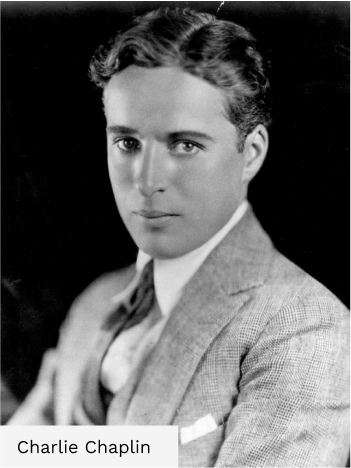
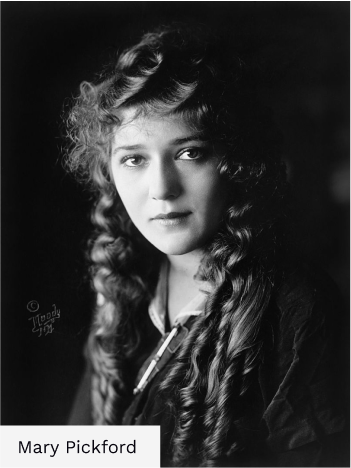
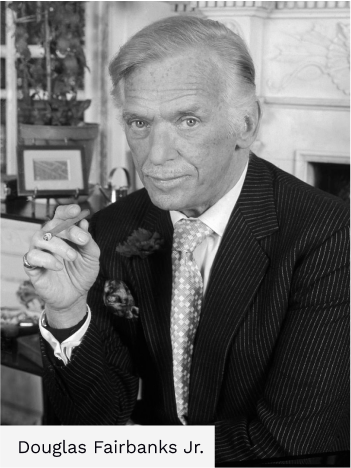
Sound and Spectacle
In the late 1920s, the art of filmmaking and Hollywood itself was once again revolutionized. Sound technology facilitated the transition from silent movies to “talkies”. The sound era officially began with The Jazz Singer in 1927, and for the first time, audiences were treated to sound played through movie house speakers while the images played along onscreen.
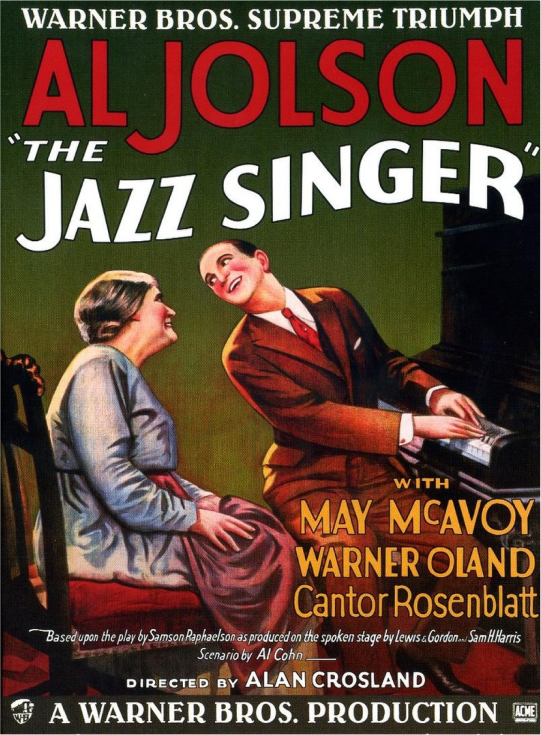
The Jazz Singer in 1927 used sound technology for the first time.
Silent films were a thing of the past. The addition of sound also opened up new genres for filmmaking that required audio aspects like musicals, slapstick comedies, animated cartoons, and many more.
Nearly every film released used sound technology, and box-office profits were higher than ever for the film industry.
Technicolor was brought into filmmaking in 1932, redesigned into a three-color system with more realistic results, the world of movies was even more prolific and colorful.
All The Shining Stars
With the introduction of speaking roles, films became even more immersive. Adventure and fantasy films became popular in the 1930s, and David O. Selznick introduced the first classic monster in movie history during 1933—King Kong.
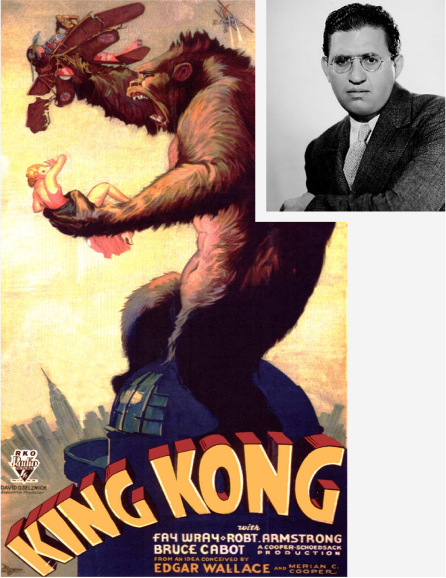
King Kong, the first classic monster movie directed by David O. Selznick 1933.
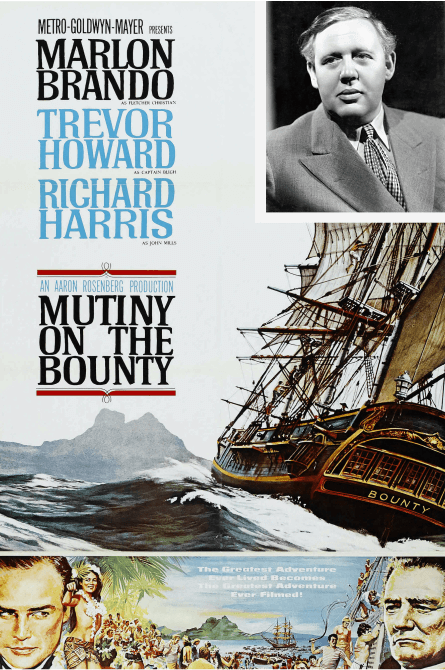
Charles Laughton’s sweeping Mutiny on the Bounty in 1935 captured the imaginations of every audience.
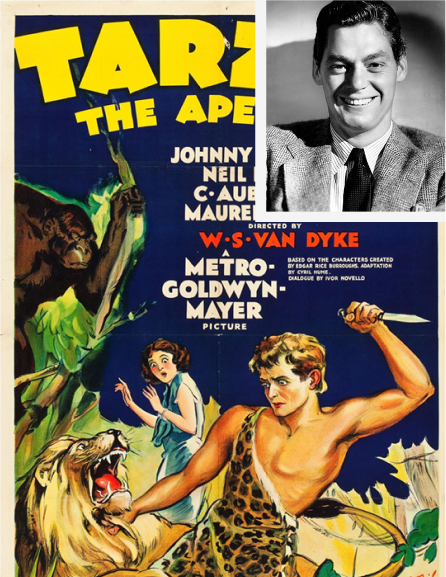
The Tarzan films by Jonny Weissmuller.
Horror films were another new development in this decade. In 1931, Bela Lugosi appeared as the titular vampire in Dracula, and Boris Karloff as the monsters in both Frankenstein and The Mummy. The tradition of gangster movies also began with Howard Hawks’ 1932 classic Scarface, and Michael Curtiz’s Angels with Dirty Faces in 1938.
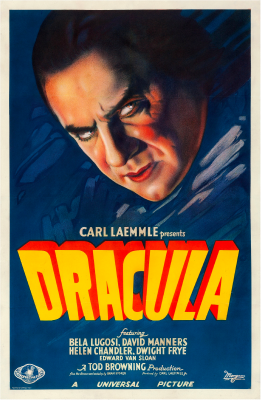
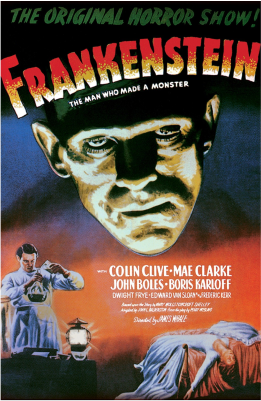
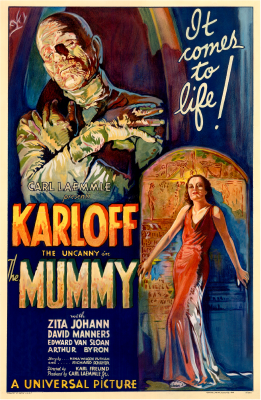
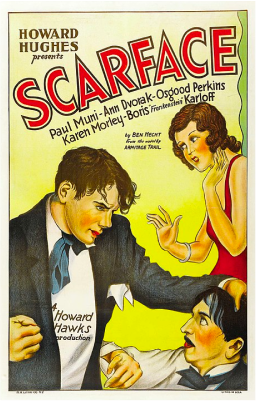
And outside of genre, the moviegoing populace fell in love with stars like Marilyn Monroe, James Dean, Elizabeth Taylor, Kirk Douglas, Grace Kelly, and Cary Grant.
But above all, the Golden Age of Hollywood was directed by the whims of the major studios who controlled the entire film industry, including the directors, writers, and actors. The studios saw themselves as the ‘makers’ of such Hollywood movie stars as Judy Garland, Humphrey Bogart, Lauren Bacall, Laurence Olivier, Ingrid Bergman, Burt Lancaster, and many more, who were contracted to their studios.
Hollywood movie stars:
The Studio System
Concurrent with the introduction of sound into filmmaking, the fabric of the film industry was once again revolutionized as the studio system took hold of Hollywood.
By the late 1920s, certain studios were the leaders in film production:
Because directors, writers, and actors tended to be contracted with one studio in specific, each studio tended to have its own filmic style and characteristic touches throughout titles. Although, it was also a common practice for studios to contractually loan or exchange their talent for certain prestige pictures, all the way into the 1960s. Hollywood studios finally leaned into heavy promotion of their stars and attracting audiences any way they could. They were in this business to make some serious money.
The Rise
The film industry was still a business, and in 1928 these large studios began purchasing theater chains and taking full control of the American film business. Studios began to see filmmaking as an incredibly statistical endeavor—

Studios bought up large amounts of land to construct backlots, sets, and more theaters. Financial kingdoms were erected with soundstages, elaborate sets, the finest costuming department, and more—all through the careful calculations of studio heads and their fiscal considerations.
And through it all, the top studios kept on incorporating smaller companies, and each other. By 1930, the final Big Five studios had settled into their roles as filmmaking behemoths, with their respective ‘movie moguls’ at the head of each.
These final studios and their executives included:
The Fall
The eventual downfall of the studio system was caused by a technique known as “block booking” in the 1940s. One of the more common ways to distribute films, the studio would sell multiple films to a theater as a unit with around five titles included. Typically, this resulted in one particularly good film, and a mix of lesser quality films and B movies for the rest.
This was obviously not a good deal for the theater to make, given that only one good quality film would be purchased, and they would be left trying to upsell tickets to the rest of the lower quality films.
Finally, on May 4, 1948, a federal antitrust suit known as the Paramount Decrees was brought against Paramount and remaining the Big Five studios.
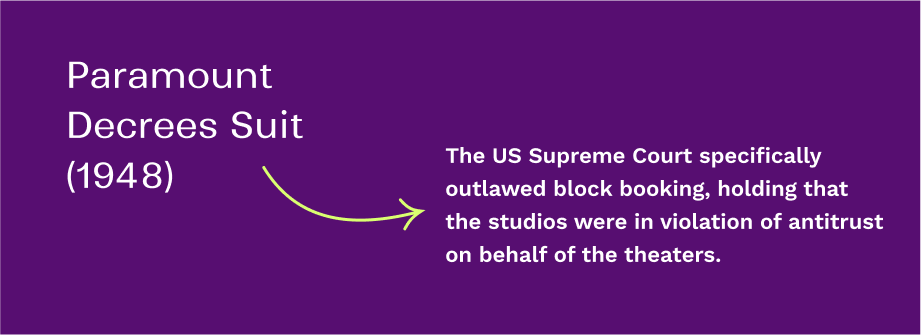
While some of the studio heads wanted to wait out the court battle and fight the decision, the dissolution of the Big Five began slowly as other studio executives accepted this ruling as a change in procedure and in studio dynamics. And so, by December 31, 1949, Paramount became the first studio to capitulate to reform, and officially finalized its divestiture.
The Outcome
With the number of movies being made dropping after the antitrust suit, the average filmmaking budget soared, and the studios needed to implement major changes in strategy. The increasing popularity of TV broadcasting and the reality of a television in every home led studios to sell chunks of their theatrical film libraries to television use, and by 1949 all major film studios had given up theater ownership.

Another consideration accompanying TV broadcasting was how a movie could compete with serial programming. Well, luckily, as censorship laws lessened during the 1950s, studios would have to freedom to experiment with their productions. And with new technologies and international influences, the film industry was about to change again.
“New” Hollywood:
Cinema From the 1960s to the 1990s
With the emergence of a new generation of directors came a new age of Hollywood.
At this time, the film industry was experiencing an economic downturn as it struggled to adjust to a different audience and period of history, leading to younger directors, innovation, and risk-taking. European and other foreign films were used as influences, and ‘art house’ pictures became inspirational for the defining film of the New Hollywood generation:
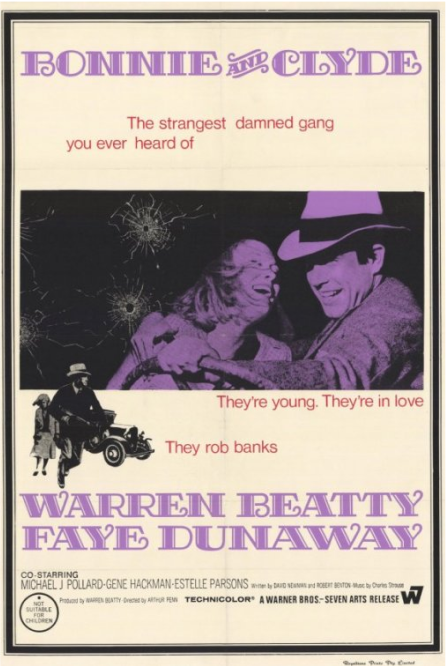
1967’s Bonnie and Clyde produced by and starring Warren Beatty.
The film didn’t shy away from a combination of graphic violence and humor—something quite new—resulting in Academy Awards and a public clamoring for more.
This new wave of directors and filmmakers would further define the movies that came from this period—having learned from the classical periods of film, but embracing foreign film influence, box-office risks, and the newest technologies, these people drove the film industry forward into a new era of modern cinema.
These filmmakers included:
With the rise in filmmaking technology and early computer-generated effect, these innovative filmmakers harnessed their budgets and resources directly to these new trends and launched into production. Luckily, these films tended to do well both critically and commercially, and the incredible success of 1970s titles such as Jaws, The Godfather, Apocalypse Now, Taxi Driver, 2001: A Space Odyssey, The Exorcist, and American Graffiti, even managed to also connect with audiences on a more personal level than entertainment.
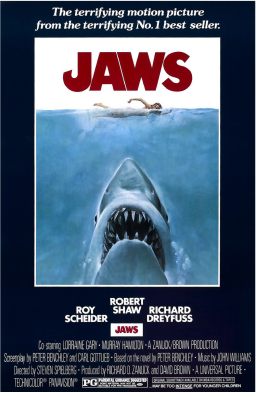
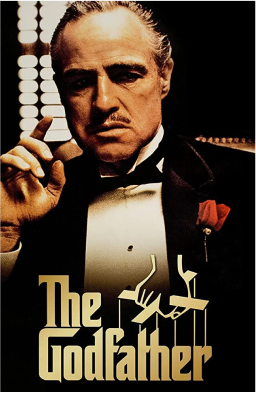
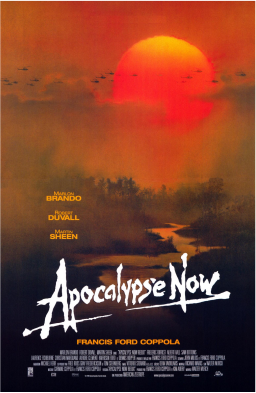
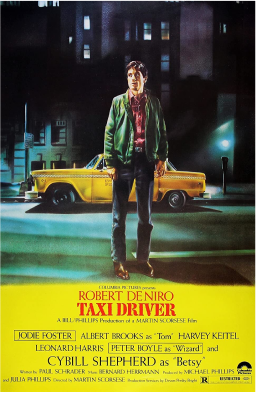
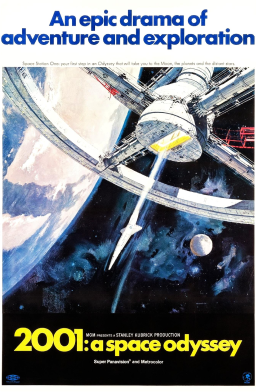
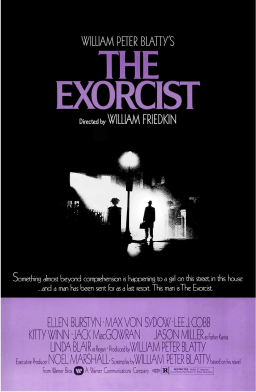
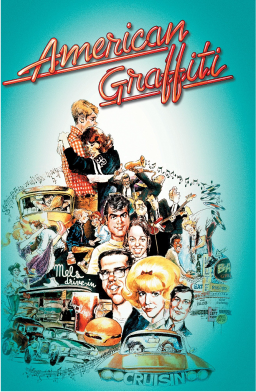
In a nation still dealing with the emotional roller coaster left in the wake of political, social, military, and international affairs upheavals of the 1960s and 70s, the violence and search for meaning within these films seemed to echo events that no one really wanted to talk about, like Vietnam and the Cuban Missile Crisis. However, the effects and over-the-top spectacle of such films also worked to rocket the movie industry into a world of blockbusters and overtly elaborate sets and effects.
And to usher in the new standard for these blockbusters, Lucas’s Star Wars series, and Speilberg’s Raiders of the Lost Ark and ET, introduced a new level of filmic excitement and immersion for audiences.
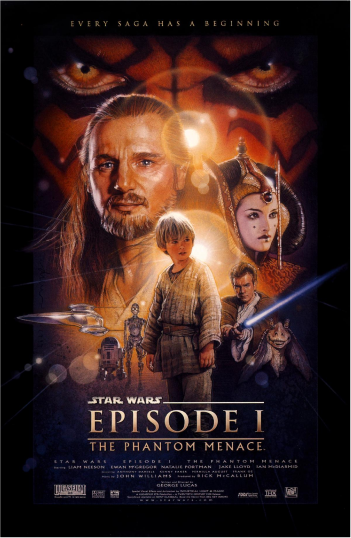
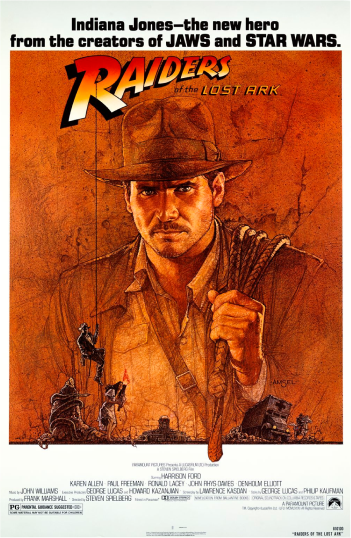
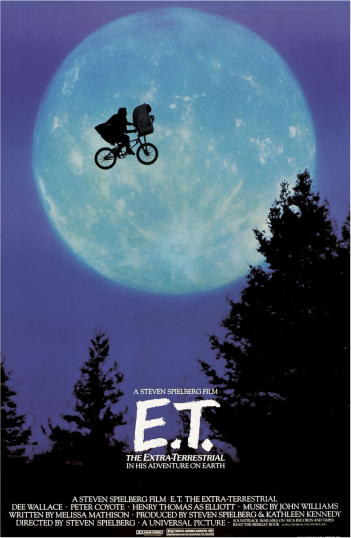
The 90s are Calling
It’s no surprise that filmmakers in the 1990s had access to greater technological, social, political, and economic diversities to work with. Computer-generated imagery (CGI) was available to manipulate footage, actors, backgrounds, and even to make entirely new creations; look no further than Jurassic Park (1993) or Terminator 2 (1991) for proof of this.
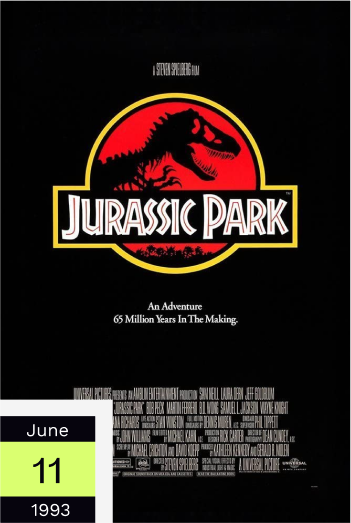
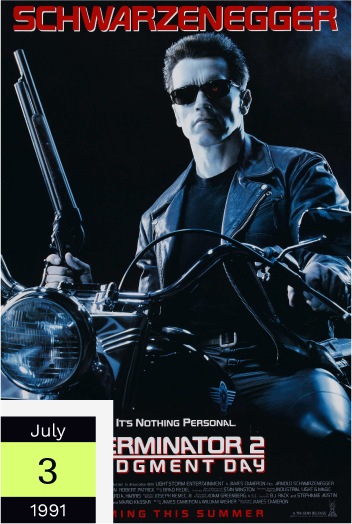
Between Lucas, Spielberg, and Cameron, their digital pioneering brought the film industry into the modern age, while also increasing both budgets and profits.
Indeed, another hallmark of modern cinema is the staggering monetary figures—not only were movies making more revenue than ever, the movie stars who powered them also made enormous paychecks.
A far cry from the days where several thousand dollars was seen as a high-end budget for early movies, the film industry now dealt in financial units in the millions and billions of dollars. The biggest movie stars such as Russell Crowe, Nicole Kidman, Sandra Bullock, Mel Gibson, and Tom Cruise, received between $15 to $20 million per film—and even then, the film industry made enough over-the-top revenue to fund endless cinematic projects and the promotions that accompanied them. Movie theatrical market summaries are a great place to look for proof of that!
Rise of the Home Video and DVD Phenomenon
During the 1980s, 1990s, and early 2000s, the film industry experienced yet another massive revolution—the appearance of home video and personal VCRs in every home, and later, DVD technology. Like TV broadcasting before, film studios immediately leaped at the chance to expand their market into the home video sphere, and companies rushed to promote films specifically for home viewing.
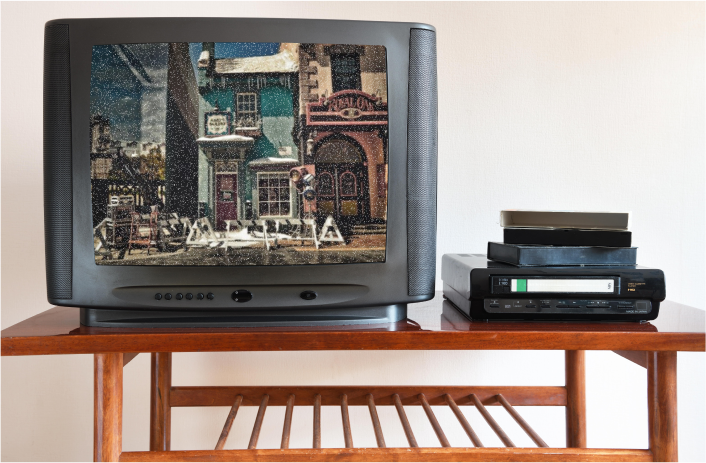
The appearance of home video and VCRs in every home led to expansion of film industry.
Granted, these titles were sometimes secret box-office flops, but this also left room in the film industry for an explosion of independent films to come on the scene.
And home video also gave studios an even better idea of film performance—instead of relying on ticket sales or TV primetime statistics, there was a direct correlation between how well a movie performed and how many home video and DVD sales were made.

These numbers led to studios embracing genres and content based on viewer enthusiasm, rather than projection, such as more violent and controversial content that became common in PG films like Indiana Jones and the Temple of Doom, Gremlins, and Die Hard.
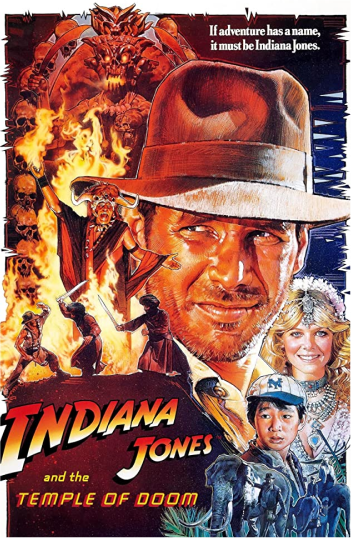
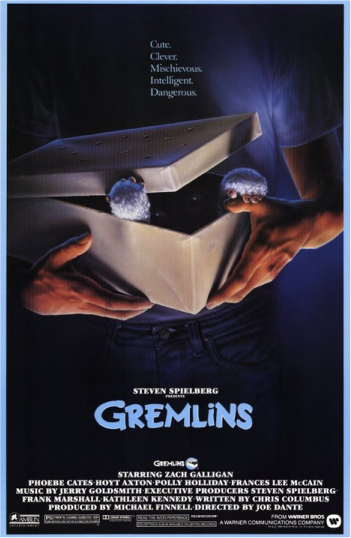
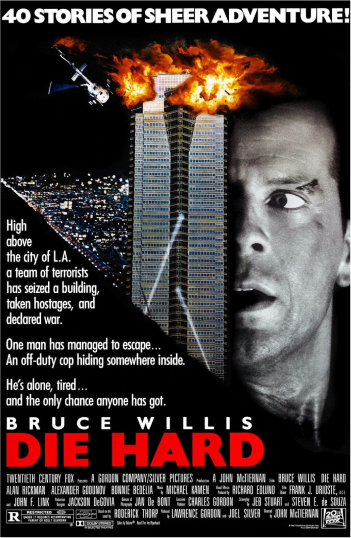
Contemporary Cinema:
Welcome to the 21st Century
Entering the final installment of movie history, the early 2000s were a virtual playground for computer-generated imagery and effects. CGI techniques were employed to create fantastical settings, impossible creatures, and jaw-dropping effects, as seen in King Kong, 300, and Avatar, to name a few. But once again, the film industry had to adjust to new trends, tastes, and movie-viewing technology.
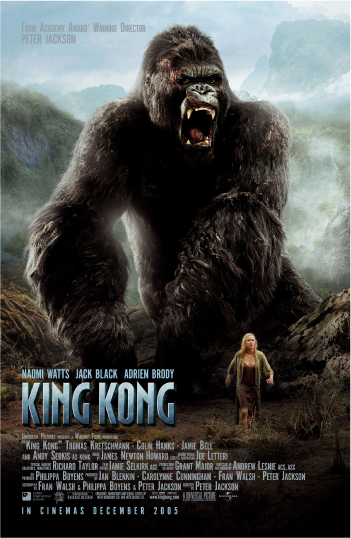
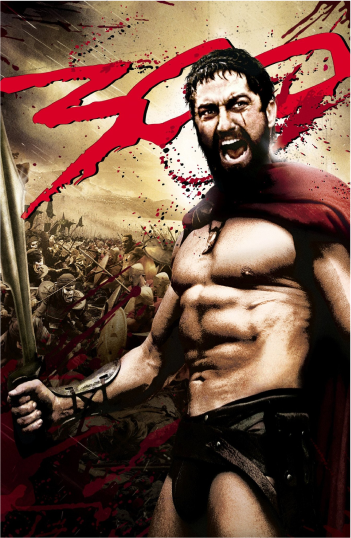
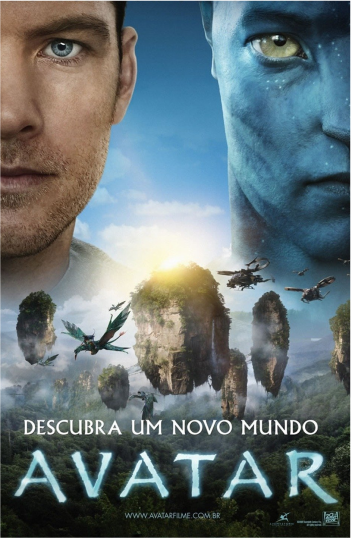
Blockbusting Content: New Genres, New Audiences, New Ways to Watch
One of the biggest changes to 21st Century films came in the form of genres. Movies in the 2000s navigated the popular revival of fantasy genres, with the release of Lord of the Rings, Pirates of the Caribbean, The Chronicles of Narnia, and the prequels to the original Star Wars trilogy. Similarly, sweepingly epic films were revived with Gladiator, and musicals with Moulin Rouge!
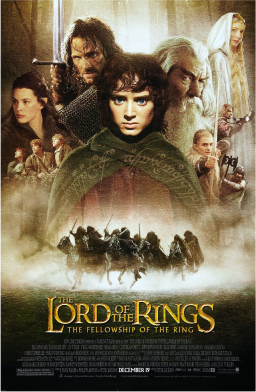
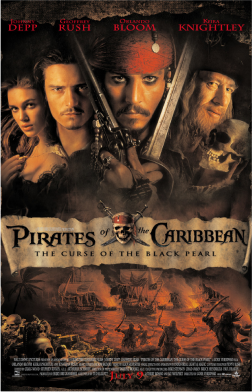
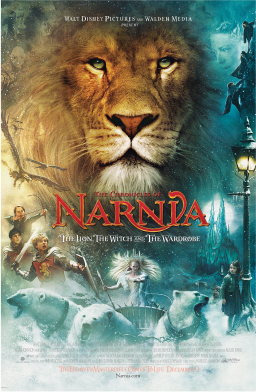
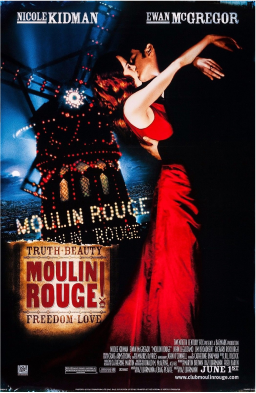
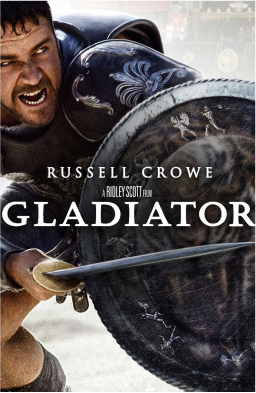
More excitingly, an entirely new arrival to the genre scene took audiences by storm—comic book superhero movies emerged as mainstream blockbusters in the mid-2000s, and remain popular today.
The box-office revenue following the releases of Spider-Man, The Fantastic Four, Unbreakable, and X-Men cemented their place in the movie world. and with the release of Iron Man in 2009, one of the most lucrative and beloved franchises in film history was launched—the Marvel Cinematic Universe.
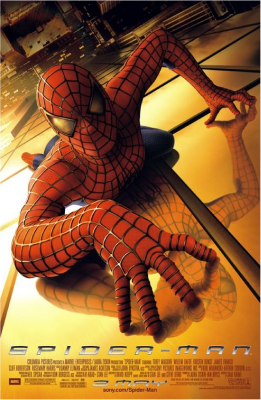
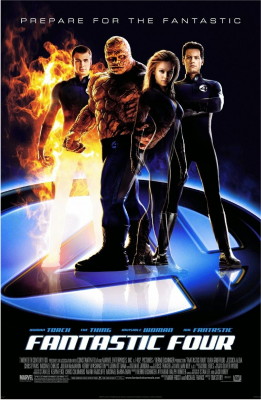
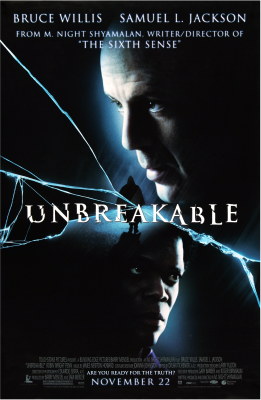
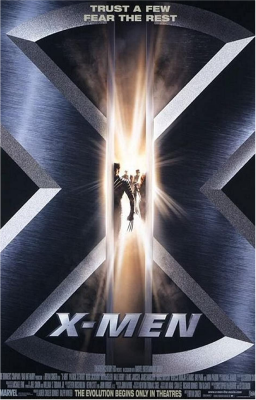
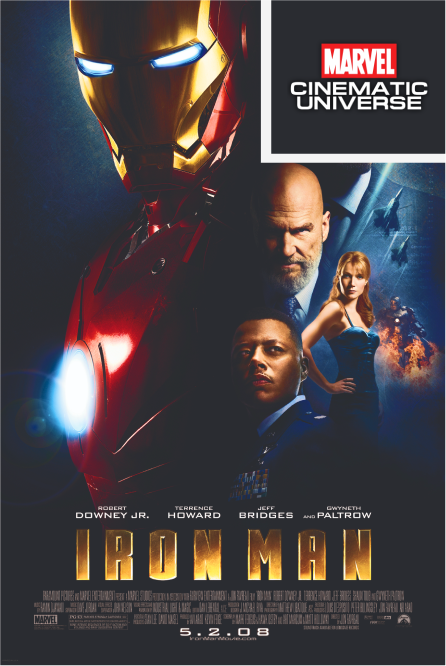
The Marvel Cinematic Universe was launched with the release of Iron Man in 2009.
With streaming services, phone and tablet apps, and the ability to watch movies virtually anywhere and anytime, the film industry had to adjust once again to technology and the new audiences it brought. Once again, like the era of TV broadcasting and early home video rental, film industries have changed up their strategies for monetization quite cleverly—
While streaming services offer you a nearly unlimited array of titles to choose from, the membership cost is the key to studios still getting a paycheck.
Banking on the sheer number of memberships around the world has definitely paid off for Hollywood and its film executives.
Movies and Covid-19
It’s no secret that the film industry has been hit hard by the Covid-19 pandemic throughout 2020, and into 2021. Film production and filming, release dates, even award shows and theatrical openings have all suffered closures and postponements.
Actors and directors had to abide by quarantine laws and stay at home, and restrictions on the number of people in one place certainly affected the vast cast and crews of a typical movie set.

But even through all of this, by the power of streaming services and video on demand, new films have still been released to the public.
Many studios have announced that upcoming films will skip theatrical release dates entirely, moving their new titles directly to streaming services and video-on-demand platforms such as Disney+, HBO Max, Hulu, Netflix, Prime Video, and YouTube TV.

It will be interesting to see if studios reimplement physical theatrical releases in the future, or if grand openings will permanently take place on our TV screens from the comfort of home. If anything, we might have a deeper appreciation for movies after all this!
A History of Movies in the USA
As we have seen, the path from static photographs to a fully immersive movie experience has been a complex and exciting one. Who would have expected that a zoetrope depicting a horse mid-gallop could lead to a movie theater fully packed with 3D glasses and excited patrons—but here we are! From the very earliest films of one reel or less to the multi-hour masterpieces of the modern era, our love and appreciation for movies has not changed a bit.
So, turn on your favorite film, grab a snack, and settle in for a well-deserved movie night. And now, you can be the go-to trivia person for a history of movies in America!
- What is a Zoetrope?
- What was the first “moving picture”?
- Who invented the movie camera?
- When did silent films start being made?
- What was the first film with a plot?
- What was the very first Hollywood studio?
- What happened during the golden age of Hollywood?
- What were the first “blockbuster” films?
- Who were the most popular actresses and actors during the golden age of hollywood?
- Who were the leaders in film production during the 1920’s?
- What directors started a new generation of filmmakers in the 70’s?
- Why was home video and DVD so important for movies?
- Chairs For Home Theatres
- Home Theater Seating
- Two Seater Top Grain Leather Theatre Seats
- Movie Room Sectional
- Home Theater Seat Pricing
- Best Home Theatre Sofa
- Modern Home Theater Seating 2021
- Recliner Loveseats On Sale
- Movie Style Chairs
- Black Cloth Theater Chairs
- Leather Media Sofa
- 2 Reclining Chairs
- Family Room Sectional
- Fancy Theater Seats
- Black Leather Seating
- L Shaped Leather Reclining Sectional
- Sofas For Theater Rooms
- Theater Seating Living Room Furniture
- Stadium Seating Sofas
- Home Theatre Loveseats With Recliners
- Den Furniture Set
- Two Seat Home Theatre Seating
- Audience Riser
- Home Theater Seat Rumble
- Theater Chair Manufacturers
- Heated Reclining Couch
- Navy Leather Sofa
- Italian Contemporary Sofa
- Home Theater Fortress Seating
- Power Sofa With Adjustable Lumbar Support
- Palliser Leather Recliner
- Grey Modern Sofa
- Lumbar Support Chair For Home
- Dark Brown Leather Seats
- Row One Seating
- Reclining Couch With Center Console
- Heating And Massage Sofas
- Theater Seat Arm
- Theater Table
- Acoustic Wall Tiles
- Theater Seats Best Buy
- Palliser Power Recliner Chair
- High Quality Reclining Chairs
- Home Theater Speaker Location
- Leather L Couch
- Electric Movie Theater Couch
- Home Theater Leather Sofa
- Best Tv Resolution
- Narrow Theatre Seating
- Couch And Cuddle Chair
- Oversized Sofas And Loveseats
- Modern Sofa Sets
- Man Cave Furnature
- Stylish Tv Watching Recliner Chair
- Deep Seating
- Genuine Leather Home Theater Seating
- Projector Versus Tv
- Microfiber Living Room Sets
- Giant Sofas
- Cost Of Home Movie Theater
- What Is Home Theater Receiver
- In Motion Movies
- 7.1 Wireless Surround Sound System
- Home Theater Design


